Here, England Football Learning explain what attention deficit hyperactivity disorder (ADHD) is and how coaches can support players who have it.
What is ADHD?
ADHD is a neurodevelopmental condition. It affects an individual’s activity and/or attention control. People with ADHD have a difference in brain development and brain activity compared to someone without ADHD.
What are the characteristics of ADHD?
A player with ADHD may show signs of impulsiveness. They might interrupt others and have difficulty waiting for their turn. They could also act without thinking and look as though they’re ignoring the rules.
They can also display hyperactivity. They may need to move more often. This is especially true when they need to be quiet and calm. You may find that they fidget more. And they could also have difficulty playing or engaging in activities quietly or competitively.
Those with ADHD may have a short attention span and be easily distracted. They may also look like they’re ignoring you when you speak to them.
These are just a few key differences that we’ve highlighted. So, if you want to find out more, download this PDF. It has loads of key information and tips to help you support players with ADHD. But be aware that not all players with ADHD will have a formal diagnosis. So, you can use this to help coach any very active, impulsive, and distractible player.
And remember, no two people with ADHD are the same. Get to know them. Understand what motivates them. Find out how the condition affects them and what support they might need.
How can coaches support players with ADHD?

Adapt sessions with the STEP framework (Youth Sports Trust, 2002). Space: keep the playing area familiar by using existing pitch markings – don’t use too many cones. Task: change up games and activities to reduce boredom. Equipment: use a whiteboard to show the activity and consider providing sensory toys such as fidget spinners in a safe space to help players regulate their emotions. Players: use small-sided games to keep players moving and engaged.
Here are five top tips to help you support players who have ADHD:
- Have a set space for arrival activities to get players active as soon as they arrive at the session.
- Give them individualised attention where possible. Most players with ADHD respond well to individual encouragement.
- Mix up the tasks to avoid boredom and keep the players active.
- Check with parents, carers and the player about what works best for them and what they enjoy.
- Manage excitement and anxiety. Allow for a time out to let the player refocus their attention.
More resources
If you haven’t already, download this PDF for more information on how to support players with ADHD. It’s a handy resource to take with you to training.
And if you want to find out more about ADHD or disability football, check out these useful links:


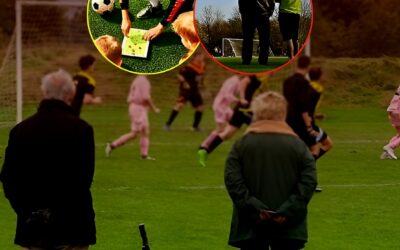

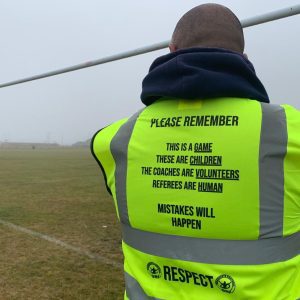
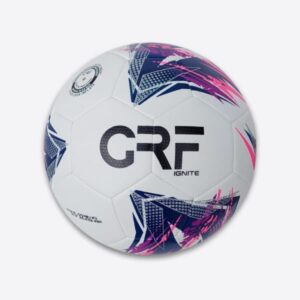
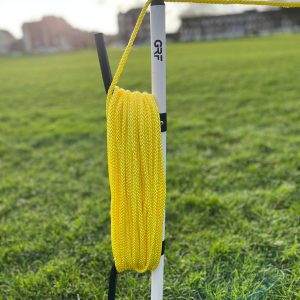
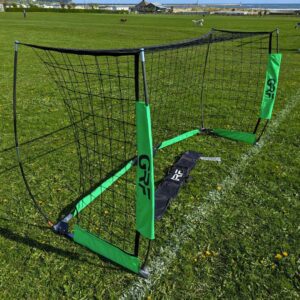
0 Comments